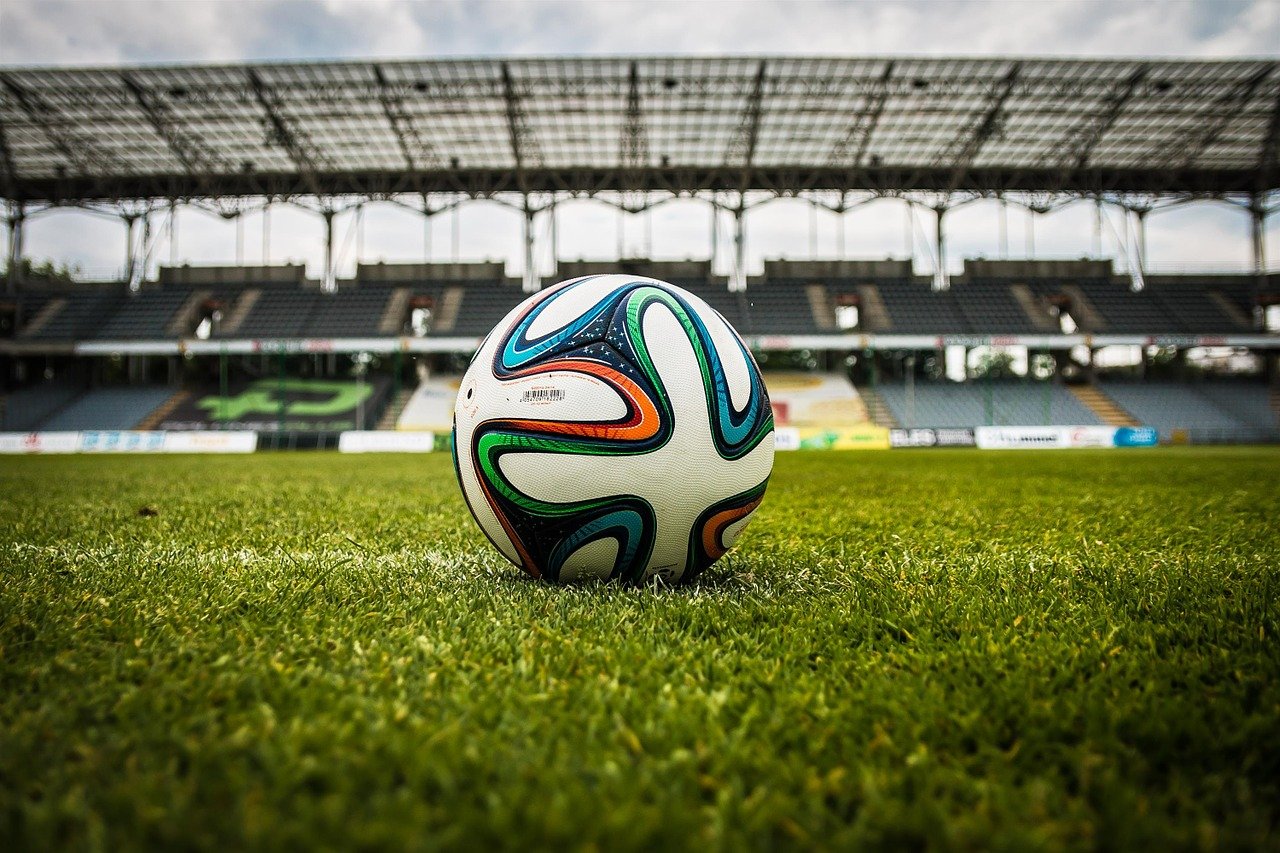
Unfortunately, Covid-19 has changed every aspect of our lives; the way we work, interact, rest, and play. The outspread of the virus led to a global lockdown, closing schools, businesses, and recreational activity. Besides this, the pandemic didn’t even spare the sporting industry. All international and local matches and sports activities have been canceled or postponed, leading the sports industries into crisis. Alongside athletes, government bodies have also been impacted by this.
As a result, the world of sports is pondering on how to return to action. Many countries are thinking to resume activities, but maintaining athletes’ and spectators’ health and safety remains crucial. Fortunately, the accelerating digital adoption is helping the sports industry emerge from the crisis. Technologies like augmented reality are blurring the line between the physical and digital worlds. The spectators can watch matches in real-time from the comfort of their homes.
For this, sports industrialists must increase media rights to provide direct-to-customer streaming services. If you are eager to know where the sports industry is heading, keep reading. Here we are throwing light on challenges faced by the sports industry because of the global pandemic.
Challenges for the Sports Industry
The pandemic has shaken up the whole sports ecosystem. Clubs, owners, investors, fans, and especially athletes try to find a way to come back in the game. Instead of letting this situation break the spirit, athletes can look for new opportunities. Besides your professional experience, you can opt for a masters in athletic administration online to expand your knowledge. You would get an incredible sports degree without stepping out from home, increasing your market worth. Above all, it will help you deal with current challenges. Here is a list of those challenges:
- With the prevailing threat of viruses, organizers are having a hard time enticing fans to return to stadiums. Likewise, they cannot convince athletes to return to training and competition because of societal uncertainty.
- Many of the investors have suffered substantial financial losses, making it arduous to find new sponsors for the matches.
- The relationship between sports enthusiasts and athletes is also at stake because of lagging sports activities.
- Organizers cannot resume sports activities on a global level since many countries are still struggling with outbreaks.
- The cost of hosting and conducting matches has significantly increased as the organizers also have to pay for athletes’ Covid-19 tests and vaccinations.
Sports Activities in the New Normal
With new variants and layers of Covid-19, epidemiologists believe that people should adapt to the new normal. Hence, the sports industry is also trying to resume activities in the new normal. From social distancing protocols to hygiene practices, they have to take different preventive measures in the stadiums. Have a look below to see how organizers are trying to resume sports activities in the new normal.
-
Digital Transformation
Due to the disruption promoted by Covid-19, the regulators try to transform the sporting experience. With the assistance of digital technology, regulators are developing new content for broadcasters to continue fan engagement. After all, the social media forums have a huge fan base. Unlike old times when athletes had to arrive at the venue to meet fans, they can make digital appearances through virtual hangouts and video messages. Likewise, organizers are also holding online contests and video games with fans. It helps in maintaining relationships with the most significant stakeholders, i.e., the fans.
-
Matches without Spectators
Slowly and gradually, countries have started to conduct matches. Still, the question is whether fans will be allowed into the stadiums? Perhaps, not. Athletes will have to play without real-time spectators but with live streams of fans cheering up their favorite players from home. Besides this, the transition in the sports industry is likely to alter broadcasting rights.
The organizers will have special live streams on social media forums such as Facebook and YouTube to get the maximum viewership. Additionally, the organizations can leverage technology to track new sponsorship assets, enhancing sponsorship opportunities. After all, you will come across different eCommerce businesses willing to run ads between the matches. Initially, the players will miss the bustling crowd, chanting slogans but eventually, they will adapt to the new normal.
-
Safety Protocols in Stadium
The sports organizations are redesigning the layout of sporting venues to comply with social distancing. After all, they would need more space for a fewer number of spectators. Surprisingly, tech-savvy tools can help with safety protocols. It can assist regulators with crowd safety and capacity management. Likewise, they can access control with temperature cameras to monitor physical security. Edge computing and the internet of things (IoT) can trace people’s flow to ensure everyone is maintaining a distance. Above all, augmented reality can mix virtual objects with the real world, bringing fans closer to their favorite players without physical contact.
Final Thoughts
As we address challenges in the new normal, agility and flexibility remain crucial for survival. The sports industry has to stay firm in these challenging times while preparing itself for the new normal. Instead of pushing athletes to resume operations, one must find alternates that don’t put others’ lives at risk. For future sporting events, organizers can secure health certificates and get all athletes vaccinated. Similarly, they must adopt all safety protocols to limit the outspread of Covid-19.


